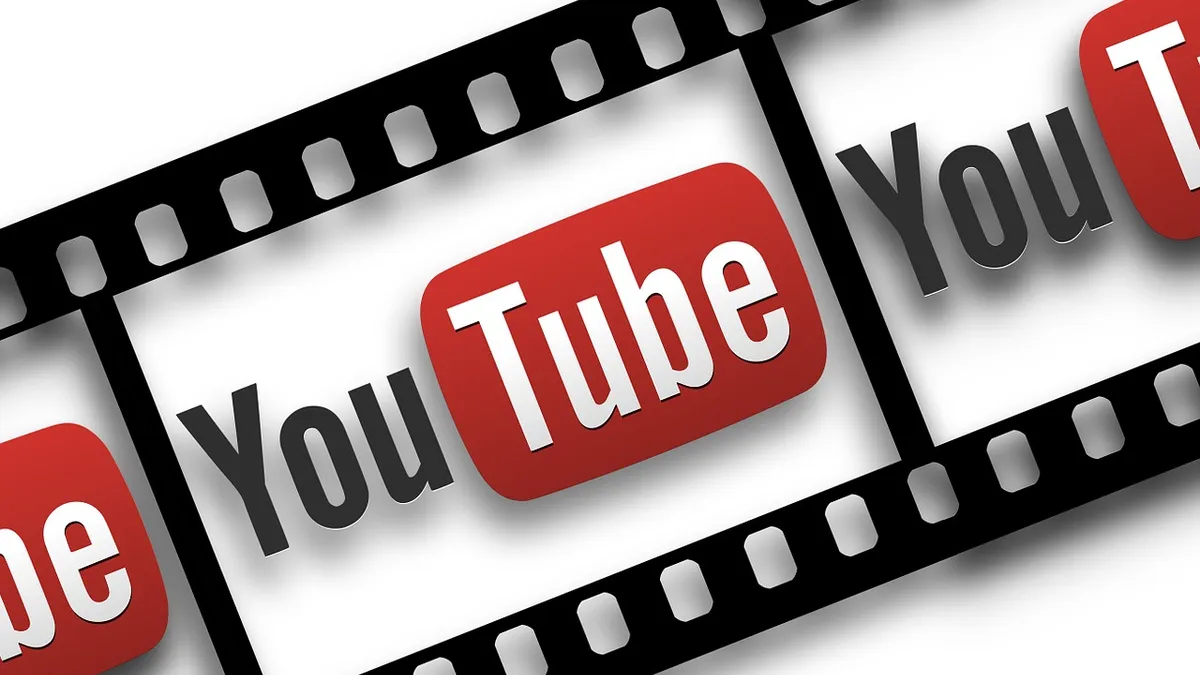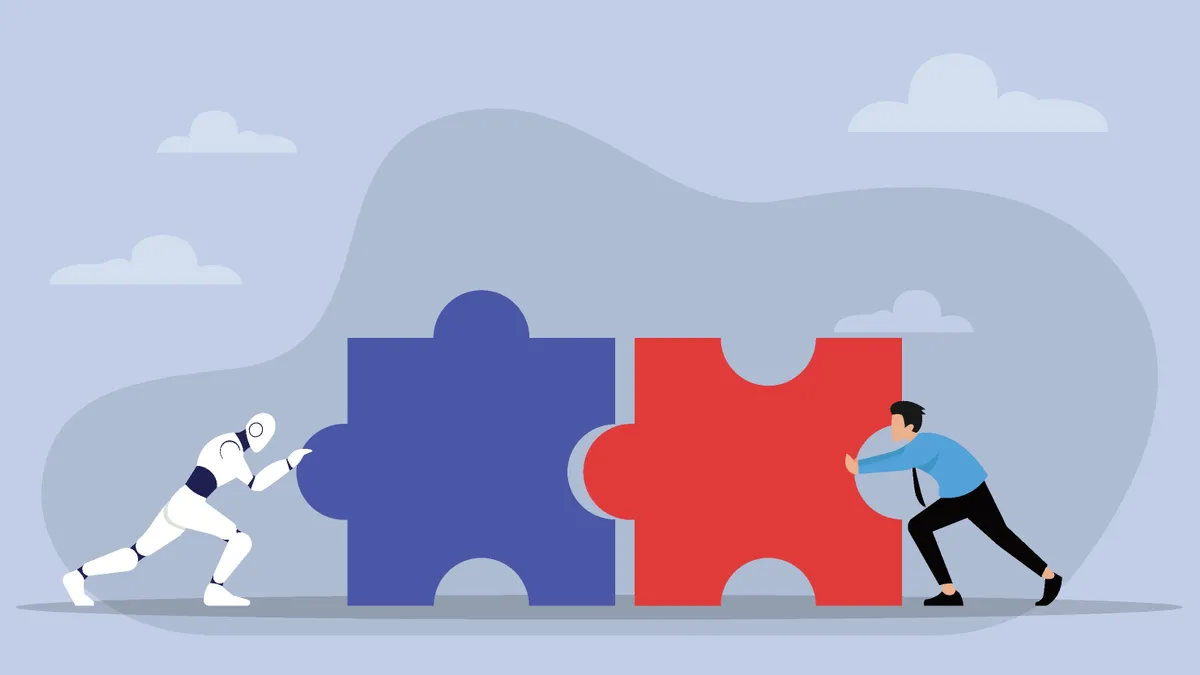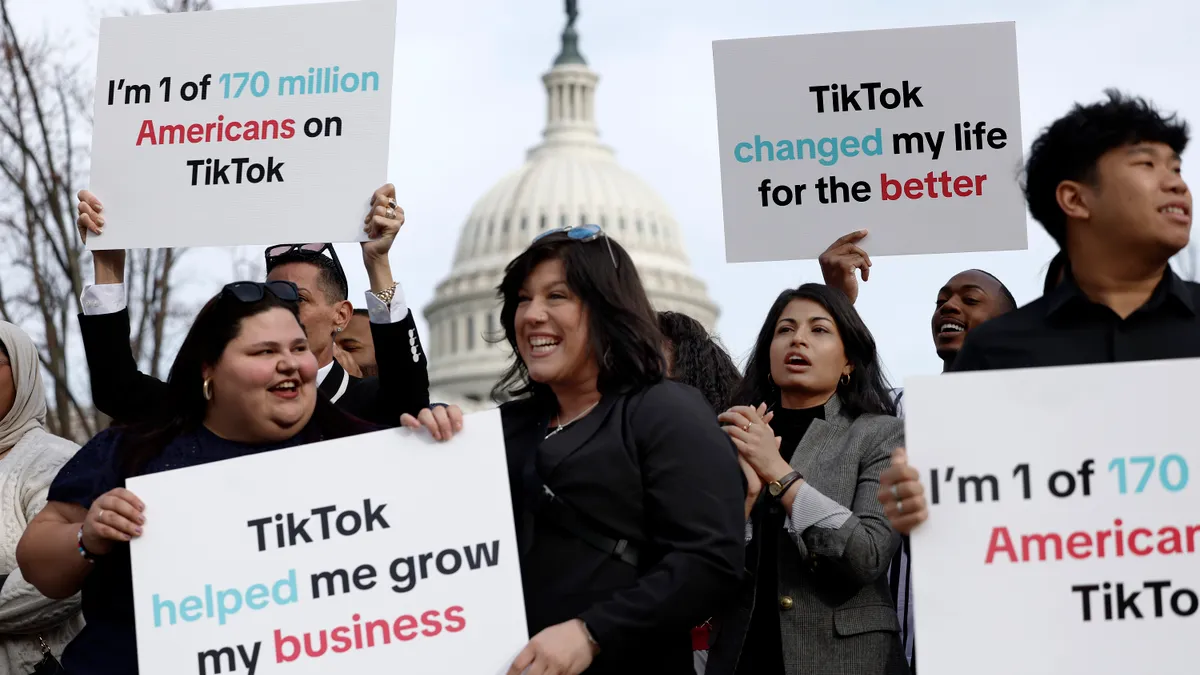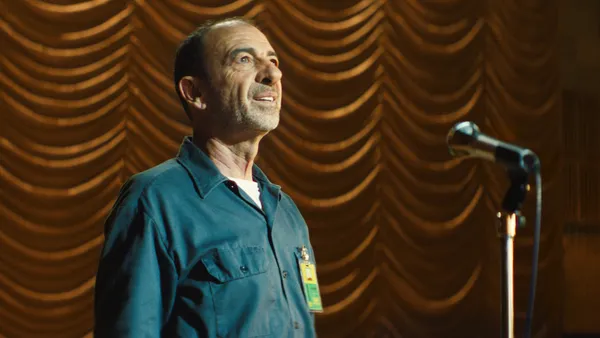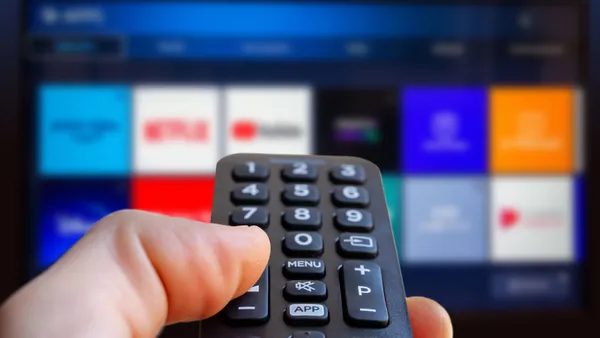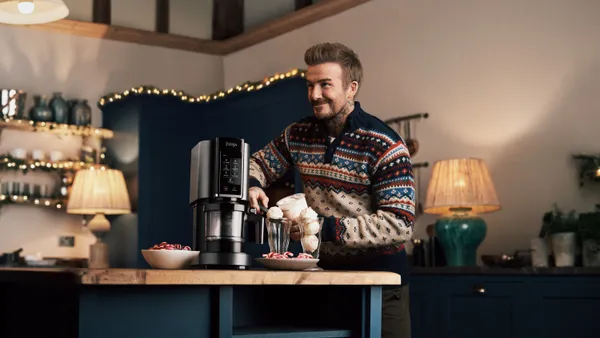Dive Brief:
- YouTube and parent company Google is facing a major issue around brand safety that heated up this year when advertisers started withdrawing over concern that ads were appearing next to offensive videos. MediaRadar, the ad analytics platform, said the issue cost YouTube 5% of its top North American advertisers in April per CNBC.
- One way YouTube is trying to lure back big advertisers back is through new original content featuring celebrities and creators like Kevin Hart, Ellen DeGeneres, Ryan Seacrest and Demi Lovato per Adweek and Ad Age. Johnson & Johnson, one of the brands that withdrew from YouTube over brand safety issues, agreed to sponsor a new talent competition produced by Seacrest.
- Google has taken another step to address the issue by pausing TrueView Discovery ads that appear in mobile YouTube searches and on “related video” recommendations on the platform while it works to implement brand safety measures according to Marketing Land. The format could be held offline through Q2 this year.
Dive Insight:
This year's uproar over brand safety began with a few U.K. brands and holding company Havas Worldwide stopping ad spending with Google and then quickly growing internationally to include major brands like Johnson & Johnson, AT&T and Verizon. It was never clear how long the boycott could last as brands and agencies were cutting themselves off from the largest digital advertising platform and audience available. The MediaRadar report provides some insight into what the monetary impact might be on Google if the boycott were to continue.
What the fracas has achieved is bringing an important question into sharper relief, which is are ad platforms like Google, Facebook and even programmatic exchanges responsible for the content where marketers’ ads appear?
Given that Google makes the vast majority of its revenue from advertising sales, the platform wisely moved quickly to address marketers' concerns through a series of steps affecting AdSense and beefing up fact checking. Facebook has itself taken a number of measures to address the concern, including removing fake accounts and setting up a journalism project.
It is too soon to tell if these moves are enough to address marketers' concerns, although Johnson & Johnson returning to fold suggests they may be sufficient for some. However, the broader question of where responsibility lies for brand safety in digital media is likely haunt the space for some time. Google's leadership has in fact voiced the belief that it would be hard for the platform to guarantee comprehensive brand safety.


